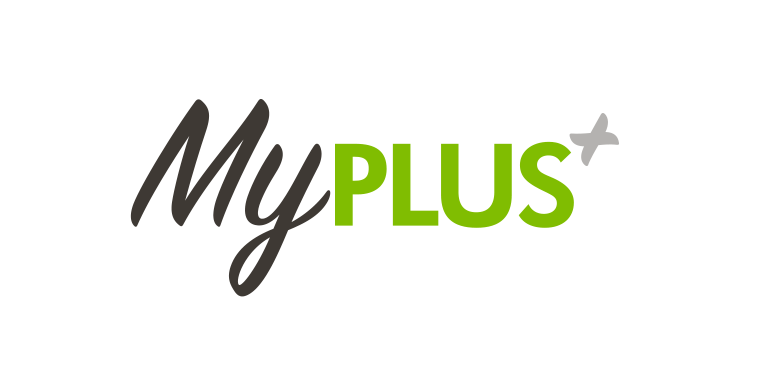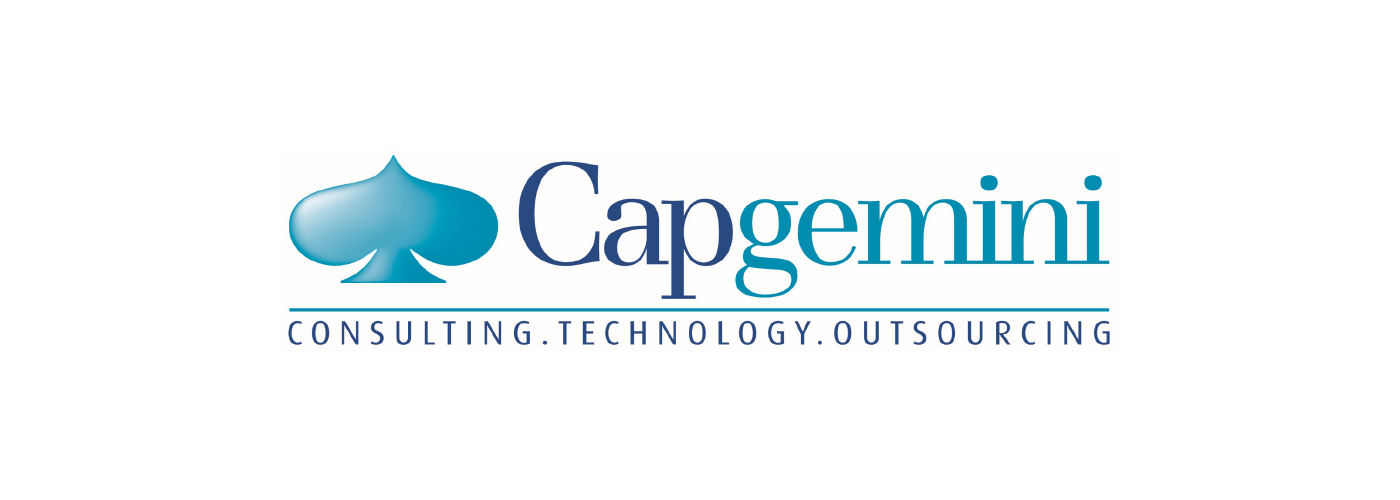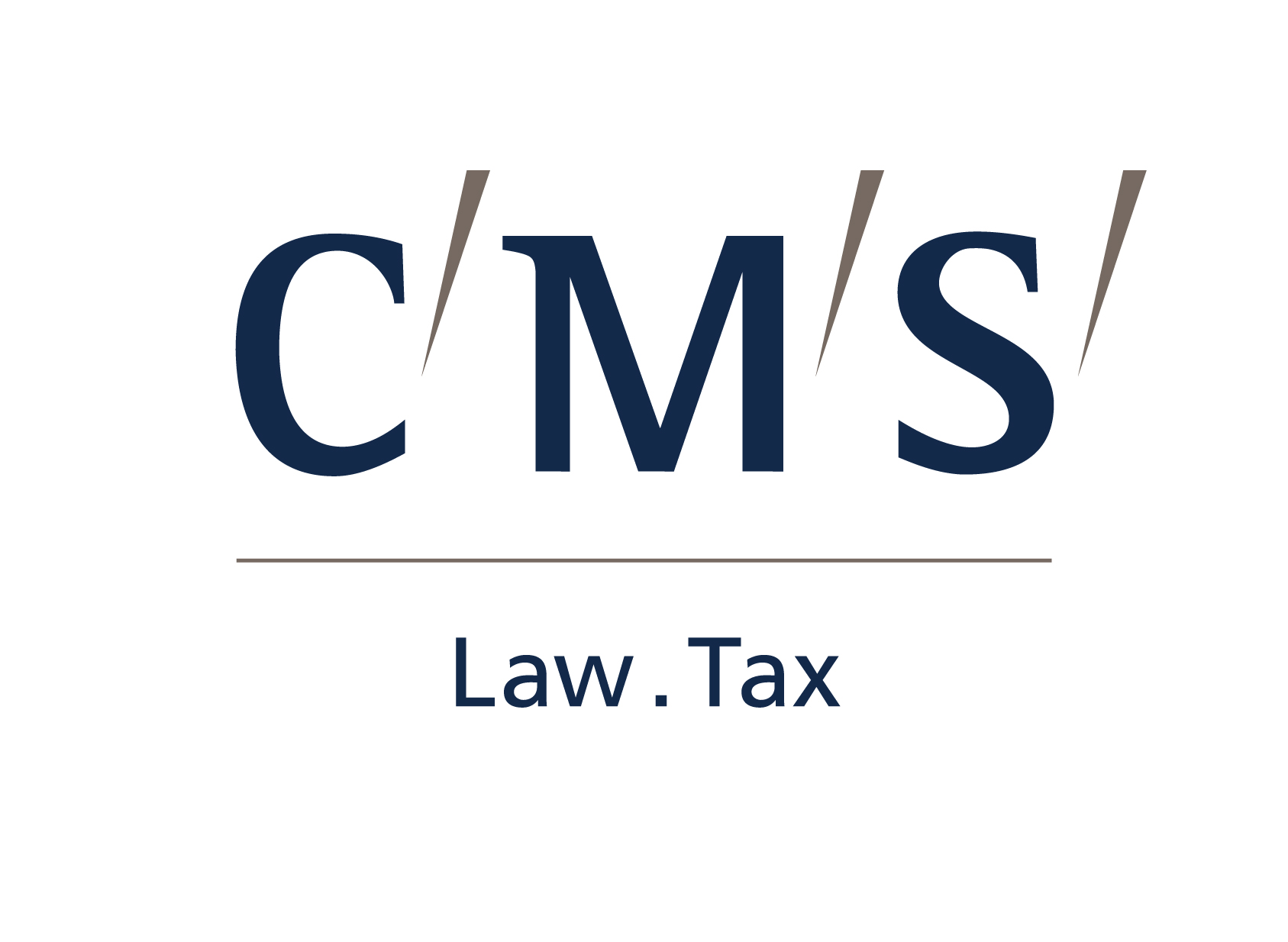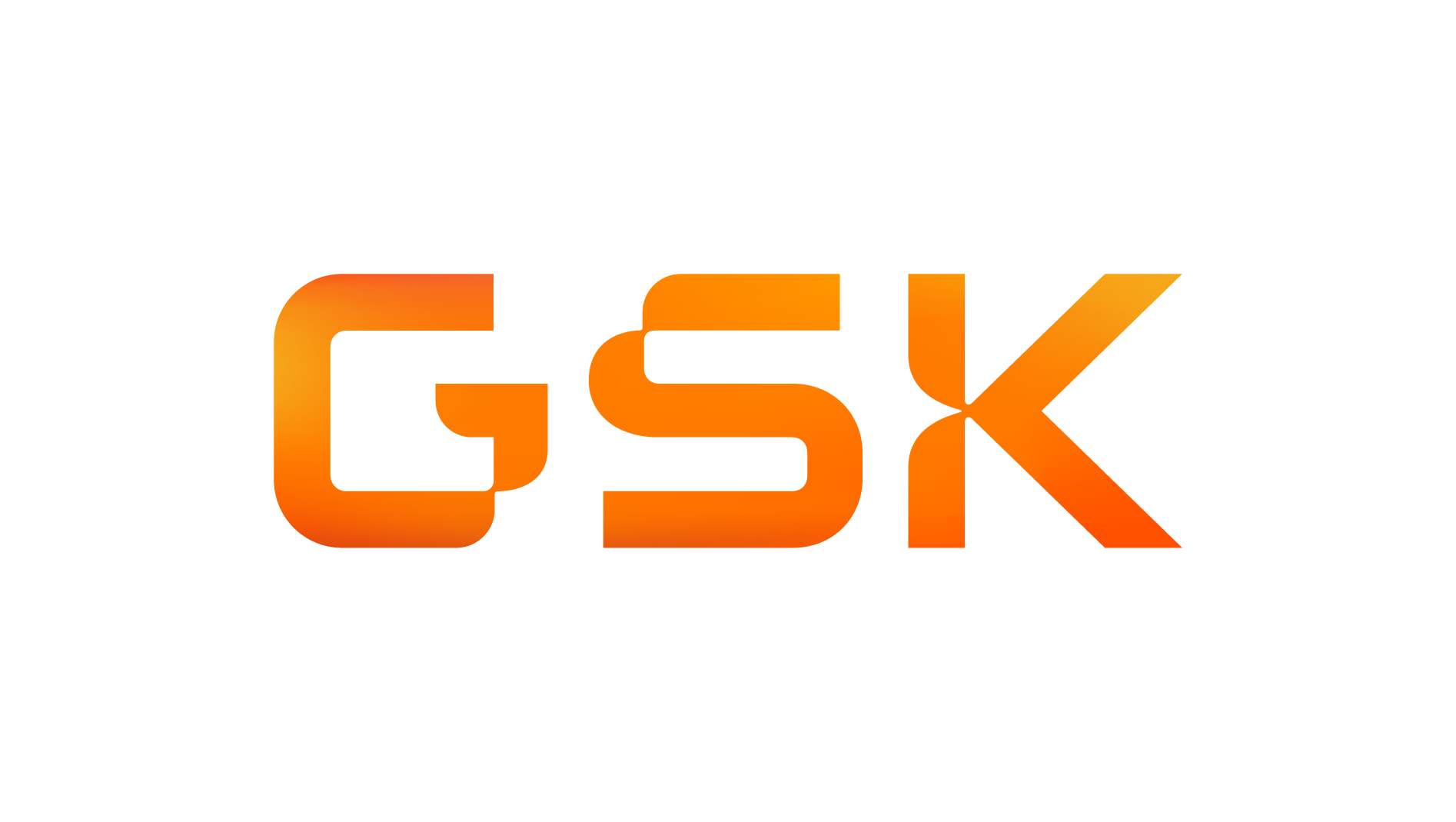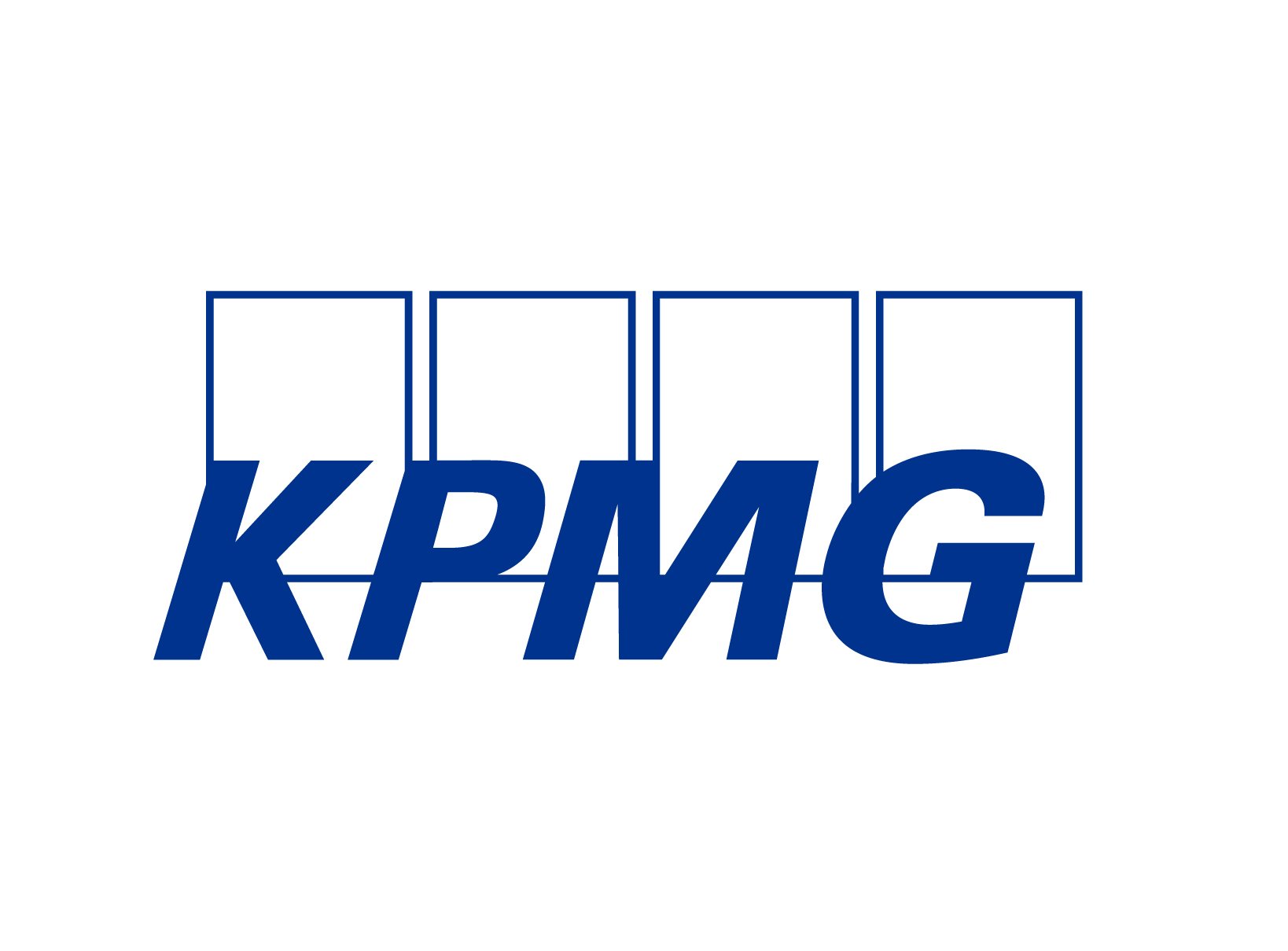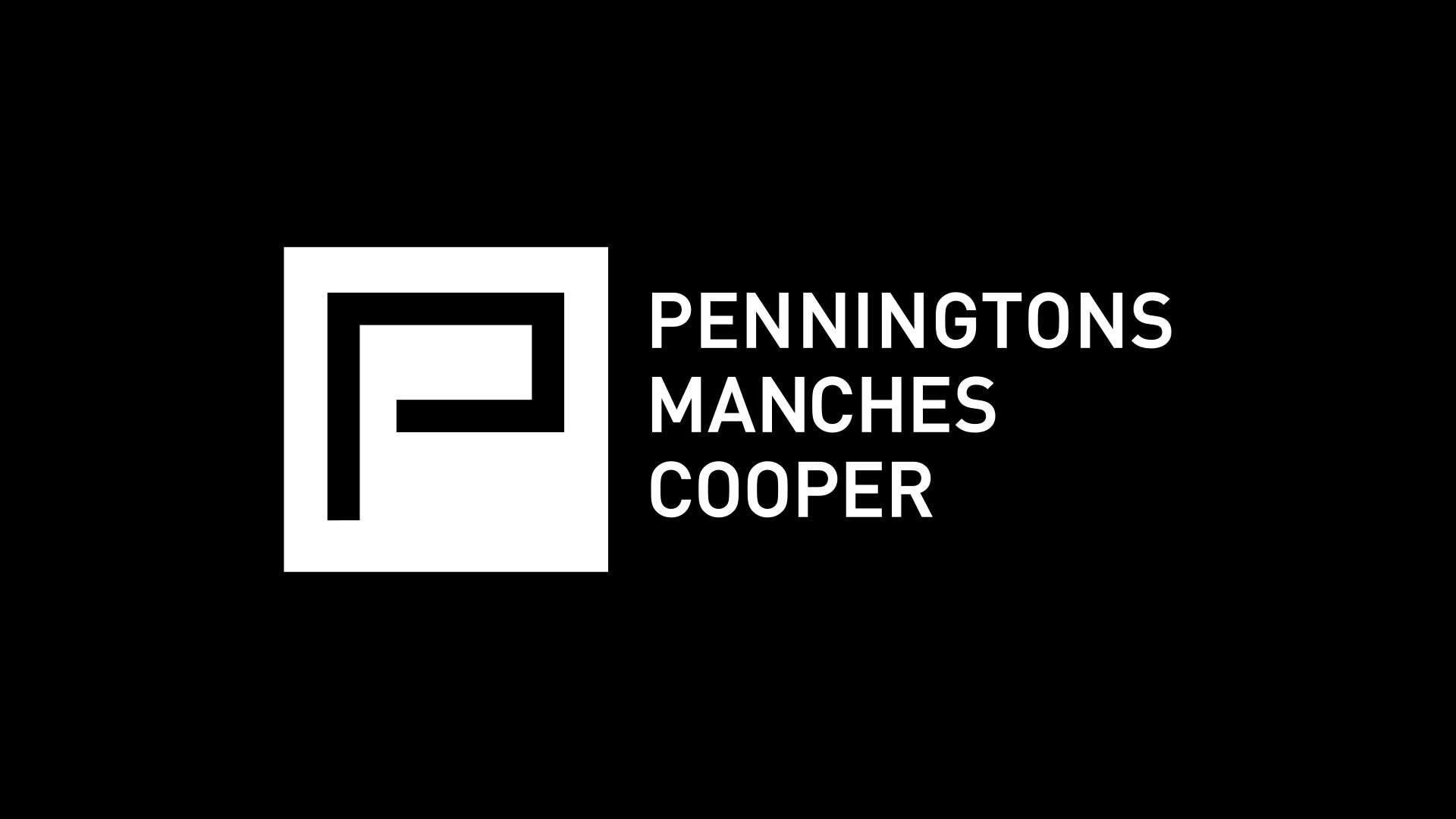Author - Cai Cherry, Trainee at DLA Piper
Cai shares his thoughts on some easy questions to ask yourself when managing someone with a disability. Cai developed Guillain Barre Syndrome, fibromyalgia, and a functional neurological disorder in his first year of university, and since then has launched Law According To A King (a legal blog and podcast, as well as an enrichment course for sixth formers), worked on international human rights research projects, and advocated for LGBTQ+ and disability inclusion.
Will this include them?
When planning a meeting, a social, or a project, ask yourself: will the way you are doing it exclude a person in your team with a disability? If it does, it’s worth reworking. This can be everything from ensuring a catch-up takes place online, rather than in person, or choosing a sit-down dinner instead of standing drinks and networking. An easy question, with easy fixes, which can make a world of difference in making someone feel included.
Do I need to know this?
It can be tempting when faced with something new to try and ask every question you can – especially if you’re working in a fast-paced environment where you want to minimise surprises – before playing ’20 Questions’, ask if you really do need to know what you’re asking. Often times, you might not need to know the cause of a symptom or the background to a medical appointment, and asking will just waste time and pry too far into someone’s personal life. Keep it simple, and keep it professional.
Is this just what we’ve always done?
It can be easy to carry on with old habits that have worked well for your team until now. The meeting every Tuesday lunchtime might seem a good idea, however maybe by moving it to the morning, someone with a disability can come into the meeting with good energy levels and a clear focus. Maybe the dress code isn’t completely necessary, so people with disabilities don’t have to waste time doing up a tie or their shoelaces if they don’t absolutely have to. Rethinking the things you don’t even focus on can go a long way in building an inclusive environment.
Is my management style working?
If you need to see improvements from your team, and they just aren’t happening, maybe ask yourself whether you can try something new. It might be that employees with disabilities might need extra guidance or might need space to work without interruption. It can be that what motivates them is positive feedback or constructive criticism. Employees with disabilities often have built their own ways of managing their conditions, and management styles are usually much more flexible than disabilities.
What’s going on?
It can be exhausting having a disability. I know when I have to travel on the tube at rush hour, I’ll come off in a foul mood having not been offered a seat, and being pushed from side to side by busy commuters. By noticing patterns and having an awareness of the world outside the office, you can build a constructive dialogue with disabled colleagues to ensure that they aren’t doing things they feel obligated to do.
Do they feel comfortable?
This isn’t just about ergonomic chairs – ask yourself whether you are building a team and an environment where people feel safe to be themselves. By openly discussing your own challenges, and admitting your own weaknesses, people with disabilities feel more comfortable being open and honest with you. Whether you prefer writing things down, and asking your team to email rather than call you, or whether they work flexible hours to accommodate flare-ups or appointments, if you build an environment where everyone is supported, people with disabilities will be supported too.
